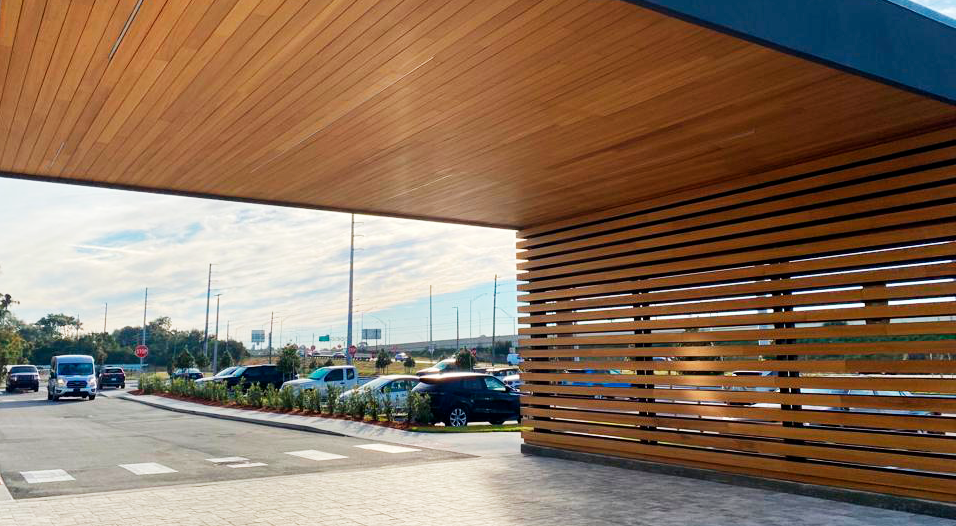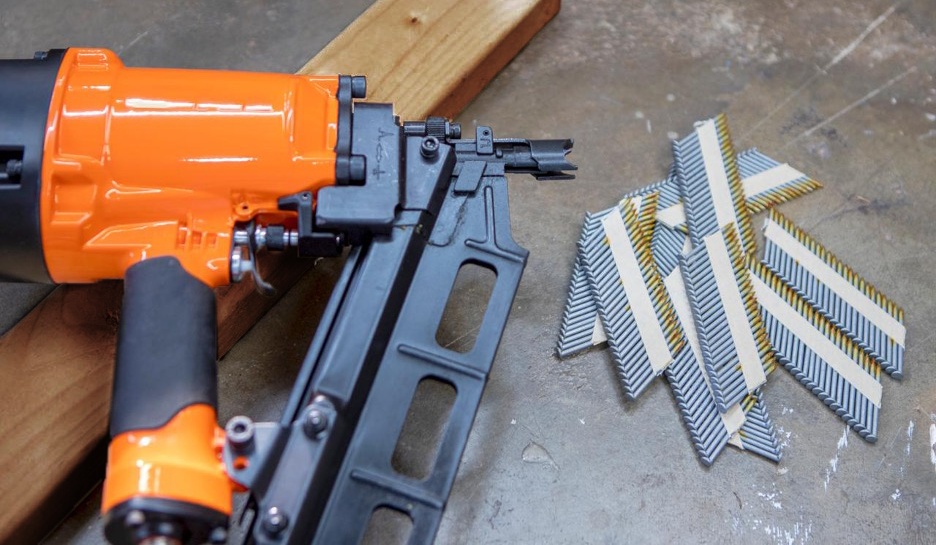Many homeowners prefer wood siding because it is more cost effective and visually appealing than other siding materials. Compared to vinyl or brick siding, for instance, wood siding tends to last much longer while also providing better insulation. And for many homeowners, the natural look of exterior wood siding simply can’t be beat. Wood products will always be a top choice for house siding. However, new innovations and treatment methods have made some types of wood even better for siding.
In particular, thermally modified wood has emerged as an extremely effective alternative to regular wooden siding and other materials. The idea of treating wood to alter its composition and durability is not new. Nor is the idea of using heat to treat wood.
However, the modern method for creating thermally modified wood is relatively new, having been invented in the 1990s.
In the years since, manufacturers have perfected their thermal modification methods. As a result, people are taking notice of the incredible capabilities of thermally modified wood. But, what makes thermally modified wood so special? And why is it the perfect alternative for wood house siding?

Reasons Why Thermally Modified Wood Siding Installation Is Easier
Thermally modified wood is a highly effective product for house siding. But before discussing that, it should also be noted that thermally modified wood even makes the installation process easier.
Wood siding installation can be a time-consuming task. The heavier the wood, the more difficult it is. But thermally modified wood makes the siding installation process simpler because it is lighter than other types of wood. This is a natural result of the thermal modification process.
When wood is thermally modified, its moisture content is significantly reduced. This means the wood holds less water. This quality has a couple of significant effects on the wood and its overall performance. First, it makes the wood less absorbent (more on that later). And second, it means that the wood is more lightweight. As a result, thermally modified wood siding is much easier to work with and install. Not only that, but it is also easier for manufacturers to store and ship, making it a very cost-effective alternative.
On top of that, thermally modified wood tends to last longer than alternative house siding products. There are several reasons for this, all of which have to do with the science behind thermal modification.
What Makes Thermally Modified Wood So Great For Exterior Wood Siding?
To understand what makes thermally modified wood so great for siding, you need to understand how it’s made.

Thermally modified wood is made using a special kiln with low oxygen levels. As the heat rises in the kiln, the reduced oxygen prevents the wood from burning. Instead of causing a fire, the heat simply removes moisture and natural compounds from the wood’s interior.
The reduced moisture levels mean that thermally modified wood is less absorbent than other types of wood. As a result, thermally modified wood is extremely dimensional stable. This means it can maintain its shape and structure for much longer than most woods without warping. Water damage is the most common cause of warping in wood siding. But due to the decreased moisture levels, thermally modified wood takes in less water.
The other major effect of the thermal modification process is the removal of hemicellulose. Hemicellulose is a natural compound, and is a common food source for all types of fungi and insects, including termites. When this compound is removed, the wood becomes less exposed to damage from these sources.
The results of this process make thermally modified wood an ideal product for house wood siding in a few ways.
Durability
Because thermally modified wood is less susceptible to water damage, it tends to last much longer. Thermally modified wood is great for all types of wood projects. However, its durability makes it particularly well-suited for outdoor applications like exterior wood siding. Most thermally modified wood can be expected to last 20 years or longer, depending on the species of wood.
Resistant
Thermally modified wood is also ideal for exterior wood siding because it resists some of the most common threats to wood. Termites, mold, and fungus all struggle to inhabit and ruin thermally modified wood because it contains no hemicellulose. It is difficult to overstate just how significant this is when it comes to exterior wood fixtures in your home. Termites and mold are among the most common sources of deterioration for exterior wood. But, in most cases, thermal modification all but eliminates these threats.

Sustainable
Thermally modified wood is not the only type of wood that is treated to resist damage. However, most other wood treatments rely on potentially harmful chemicals to enhance the wood’s durability. Thermally modified wood, however, does not require any chemical treatments. Instead, the wood is enhanced simply through exposure to extreme temperatures.
In addition to being more eco-friendly, the improved durability also means thermally modified wood needs to be replaced less often. As a result, homeowners and builders can conserve resources by using thermally modified wood for their house siding.
Installation
Ease of installation is another remarkable advantage of thermally modified wood. Its user-friendly nature eliminates the need for specialized tools or complicated techniques. With just a nail gun in hand, DIYers and contractors can effortlessly transform any space, whether installing it on walls or ceilings. This not only saves time but also reduces costs, making thermally modified wood a cost-effective choice for any project.

Photo: HGTV | Derek R. Trimble
Unique Appearance
The thermal modification process does not burn or char wood. However, this process does “cook” the wood slightly, resulting in a slightly altered appearance. Wood that has been thermally modified has a slightly darker color than untreated wood. This is merely an aesthetic change, but many people prefer the darker hues of thermally modified wood. One of the major appeals of using wood house siding is its natural appearance. Thermally modified wood offers a unique, rich pattern for house siding without sacrificing any of the natural aesthetic.

Where to Find Thermally Modified Wood Siding
If you are looking to use thermally modified wood for your next wood project, Lumber Plus has you covered. From fluted panels to all common profiles, Lumber Plus stocks Thermowood® powered by Novawood Technology for any application. Every piece of Lumber Plus lumber is carefully selected to ensure product quality and sustainability. Contact Lumber Plus to learn more about our product options in Ash, Pine, Ayous and more.






